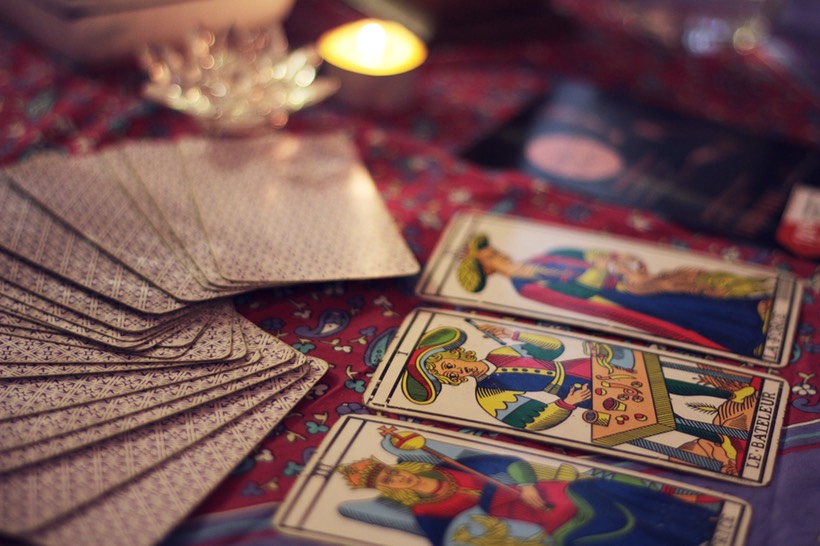Tarot de Marseille; Built for Comfort, Not for Speed
By Wayne Limberger
“Some folk rip and roar, some folk b’lieve in signs
But if
you want me, you got to take your time
Because I’m built for
comfort, I ain’t built for speed”
Built for Comfort (Willie Dixon/Howling Wolf)
There is something (well, actually 40 “somethings”) about the Tarot de Marseill that eludes a facile approach to divination. Even those like me who were weaned on the Thoth Tarot with its semi-scenic minor cards, thus having a leg up on stripped-down analysis, find ourselves hard-pressed to squeeze meaning out of spartan displays of suit-emblem “pips” and cryptic vegetation. There is a powerful temptation to simply import our learned knowledge from working with what I call the “narrative vignettes” of more lavishly illustrated decks and be on our merry way. The more thoughtful among us may limit our infusion of extraneous material to a blending of suit, number and color theory, but the plain truth, as I see it, is that the suit cards of the TdM (and of playing cards before it) comprise a system of gaming that was never intended for fortune-telling. Approaching it with that in mind is a challenging exercise in enforced minimalism, and diluting its essence with external embellishments seems wrong-headed. Despite the rather shrill modernist mantra “Just use whatever works,” it is really best taken on its own terms, slowly and methodically. James Ricklef is my inspiration here: “Let it simmer in the consciousness, it will eventually make sense.”
I’ll be the first to admit that I’m no expert with the TdM, or even a journeyman for that matter. I’ve read the same few English-language books that everyone else has, visited the same web sites, and thought quite a bit about it, but in practice I find myself perpetually falling back on the “suit-and-number” crutch that seems like the only solid rock in a sea of ambiguity. It works after a fashion, but it doesn’t seen very elegant. On the other hand, attempts by some writers to parse the quantity, quality, orientation, state of maturity and relative health of the flowers, leaves and branches that ornament many of the TdM pip cards into valid interpretive fodder aren’t very convincing either. A lot of it falls into incredulous “gimme a break” territory and goes overboard in its earnest fascination with minutiae. There has to be a middle ground somewhere.
I think the most insightful advice I’ve received so far came from Sherryl Smith’s Tarot Heritage blog: read the TdM cards the way you would the Lenormand. Once you decide on the core meaning of a single card, wring out its permutations and ramifications in combination with other cards. This seems like a more productive road to a comfortable working relationship with the TdM than relentlessly piling on keywords in the hope that something will click and make it all crystal-clear. Patience and a judicious economy of terms will eventually yield a slender harvest of meaning that is the antithesis of the “Big Mac” school of overblown intuitive excess. For traditionalists (don’t look at me, I’m an omnivore), the charm of the Tarot de Marseille lies is in its relative austerity and simplicity, not in its “ready-to-wear” convenience. Maybe someday I will even be (almost) blasé about reading for other people with it.
